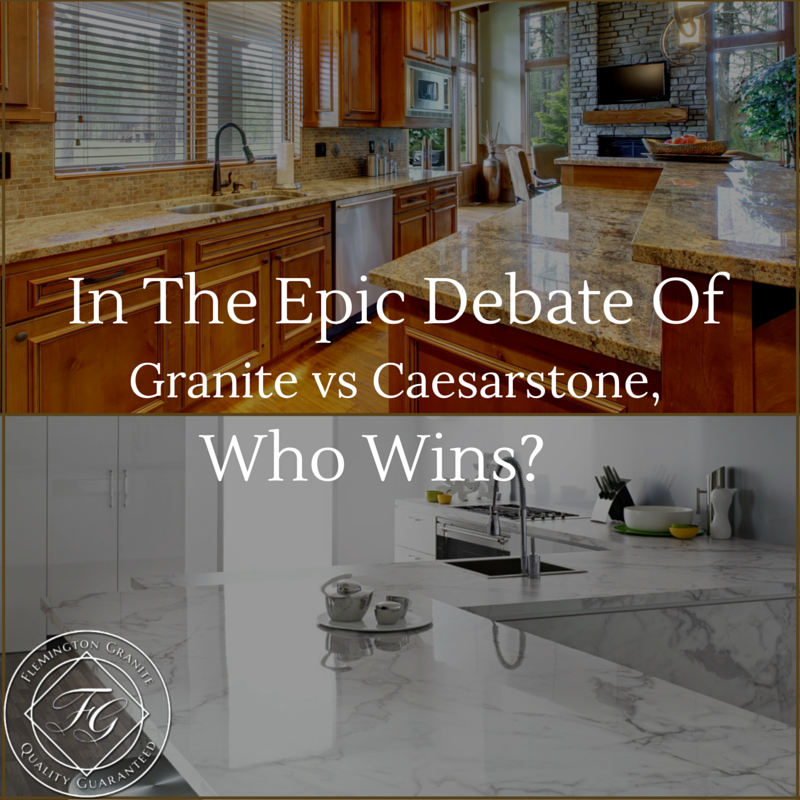Although you want your kitchen counters to look beautiful, their main purpose is as a cooking and preparation surface. One of the reasons many people choose granite is that it is durable and resistant to stains or bacteria. This makes them safer than other types of countertop surfaces. However, there are some precautions you should take when using granite. These tips on what not to place on a granite countertop can keep your counters not only looking beautiful but safe for your family as well.
Spilled Liquids
Although granite is non-porous, spills left on the surface for an extended period can cause staining. Even water that is left to puddle can leave a shadowy spot on the surface. Red wine, coffee or citric juices can also cause stains on granite counters and should be wiped up immediately. You may be tempted to place decorative oil bottles on your counter, but this can lead to damage as well. Oil tends to leak down the bottle and puddle on the surface. This can lead to discoloration of the counter. Store all oils in the cabinet and wipe up any spills quickly.
Cleaning Materials
Cleaners that contain vinegar, lemon juice or ammonia can damage your counters so never use them on granite. The acid in the cleaner could diminish the seal which could lead to damage to the actual stone. Lemon can be very damaging to granite as it contains calcite, so never use lemon-based cleansers on your granite counter and be careful when cooking with lemon. Do not use scouring cleansers on granite as well as they can eat away at the seal leaving the stone unprotected. Only clean granite with mild soap and water. Be sure to rinse the soap from the countertop well or you could develop a buildup that will make your counter look dull.
Cosmetics and Polish
In bathrooms with granite countertops, do not store cosmetics or polish on the surface. If you spill either polish or cosmetics on the counter, wipe them up immediately. Do not use fingernail polish remover on granite as it not only removes the polish but the sealant as well.
Cutting on the Counter
Although you will probably not damage the counter by cutting directly on the surface, you will dull your knives. In addition, cutting meat and vegetables on the same surface is not safe as bacteria from the uncooked raw meat can be transferred to the vegetables that may not be cooked to a temperature high enough to kill the bacteria. Always use a cutting board to not only protect the surface of the counter, but also to keep your knives sharp and your family safe.
Hot Pans
If your granite is thick, you may be able to place a hot pan directly on the surface. However, if the sealant has thinned or if the countertop is not thick, placing a hot pan directly on the surface could result in cracking or a dark spot from scorching. To be safe, always use trivets or hot pads when removing hot pans from the stove.
If you are thinking about adding granite to your home, contact us today to learn more about your options. You can reach us by phone or complete the simple form online to speak to a knowledgeable customer service representative about natural stones that will work for you.






























